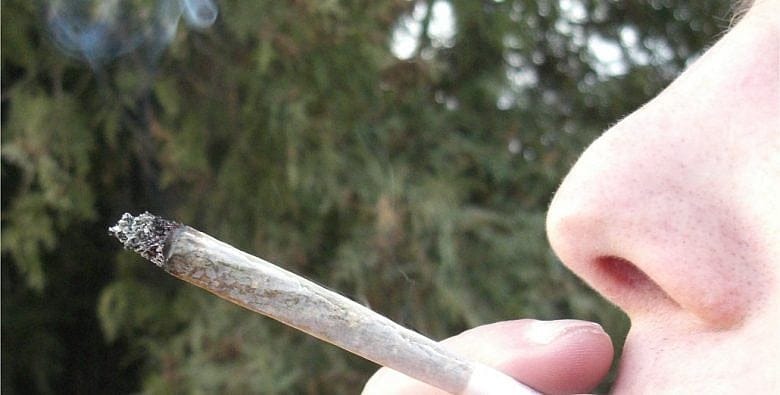Scientific basis for laws on marijuana, driving questioned

WASHINGTON (AP) — Motorists are being convicted of driving under the influence of marijuana based on arbitrary state standards that have no connection to whether the driver was actually impaired, says a study by the nation's largest auto club.
The problem is only growing as more states contemplate legalizing the drug. At least three, and possibly as many as 11 states, will vote this fall on ballot measures to legalize marijuana for medicinal or recreational use, or both. Legislation to legalize the drug has also been introduced in a half dozen states.

